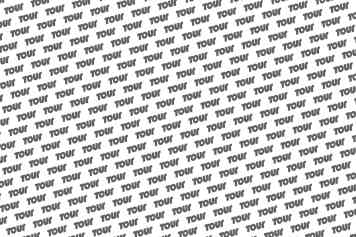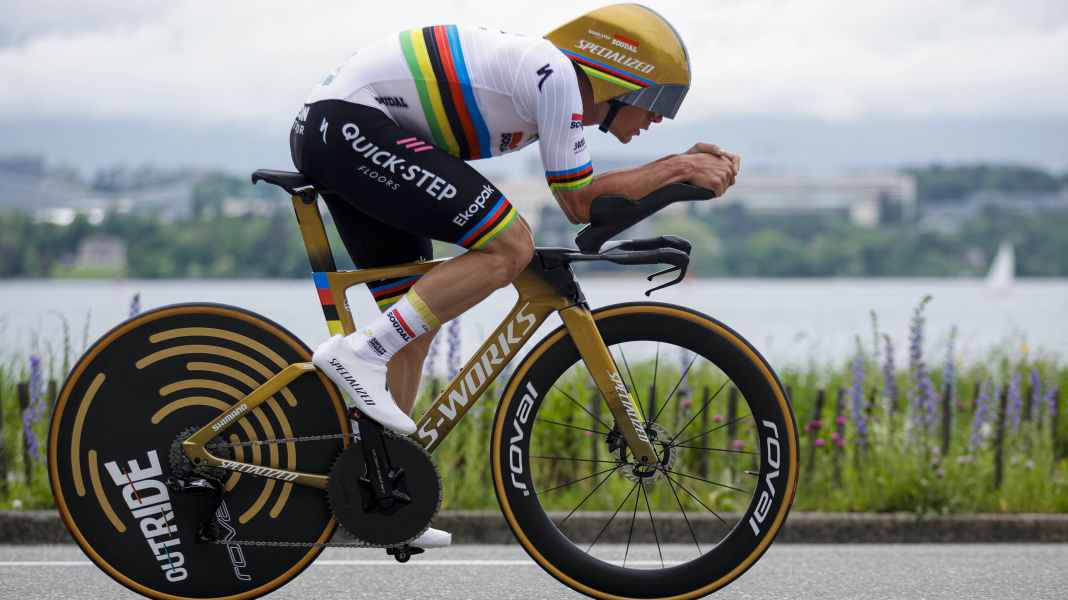
Tour de France 2025 - Stage 5: Caen - Caen | 33 Kilometers (ITT)
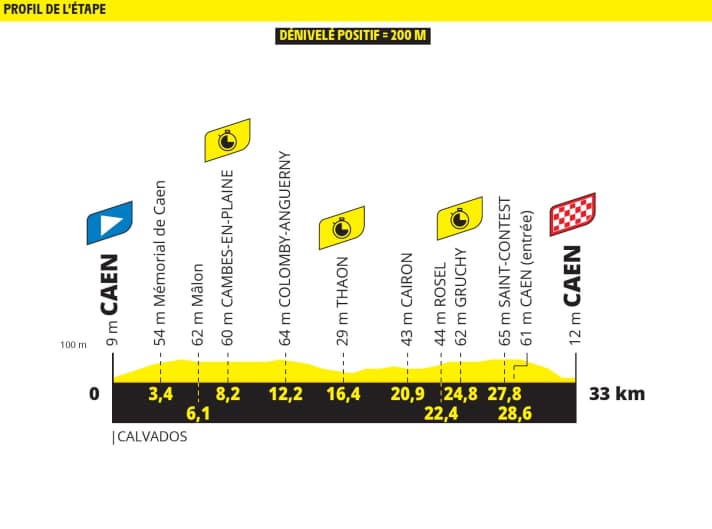
The fifth stage is a time trial. The route is a rolling course, seemingly tailor-made for the heavier time trial specialists in the field. Heavier riders often have a more favorable power-to-drag ratio (cwA) than lighter riders, which enables them to ride slightly faster on flat terrain.
But there are exceptions to every rule: Remco Evenepoel, the reigning time trial world champion, is also very fast on flat terrain, even though he is neither tall nor heavy. His outstanding time trial performance has a lot to do with how he sits on the bike. From the side, you can clearly see how his large helmet fills the gap between his arms and torso, transforming his body into a streamlined shape. Jonas Vingegaard also sits incredibly well on the bike, especially for a racer of his petite stature. His Giro time trial helmet extends his body perfectly. The helmet, which extends far back, connects to the shoulders, and the protruding nose directs the airflow around the helmet. The helmet acts as a fairing and pushes the regulations prohibiting fairings to their limits.
The aerodynamics of the riders can be estimated based on riding data. Using data from last year's Tour de France, we calculated a cwA value of 0.175 for Remco Evenepoel. Converted, 205 watts are enough to reach a speed of 45 km/h. By comparison, an average amateur cyclist must invest around 350 W to achieve this speed!
However, the GC contenders will by no means leave the field to the specialists. Although the stage is short, it is important for the overall classification. Remco Evenepoel won the time trial at the recent Dauphiné and gained 49 seconds on Tadej Pogačar and 21 seconds on Jonas Vingegaard over just 17.4 kilometers. Pure climbers will fall a few minutes behind on a stage like today's.
Number of the day: 20 seconds
In flat time trials, aerodynamics is the key to top speed. Since we don't have specific data on time trial bikes, we ran a series of fictional bikes through our route simulation to show the impact of aerodynamics on riding time.
A three percent improvement in the cwA value saves around 20 seconds of riding time on the course, whereas a kilo of ballast doesn't even make up 1.5 seconds for a 60-kilogram rider.
The strategy is therefore clear: aero is everything. The weight of the bike is secondary; it's all about controlling the airflow.
The most important factor here is the rider's position, as it is the rider's body that generates most of the drag. Custom-made, slightly angled aerodynamic helmets and aerodynamically effective textiles with the right amount of roughness in the right places are the tricks used to gain seconds in the wind tunnel. The bike is also optimized, but individual adaptation to the rider is crucial.
Simulation of different time trial setups for the 33-kilometer route
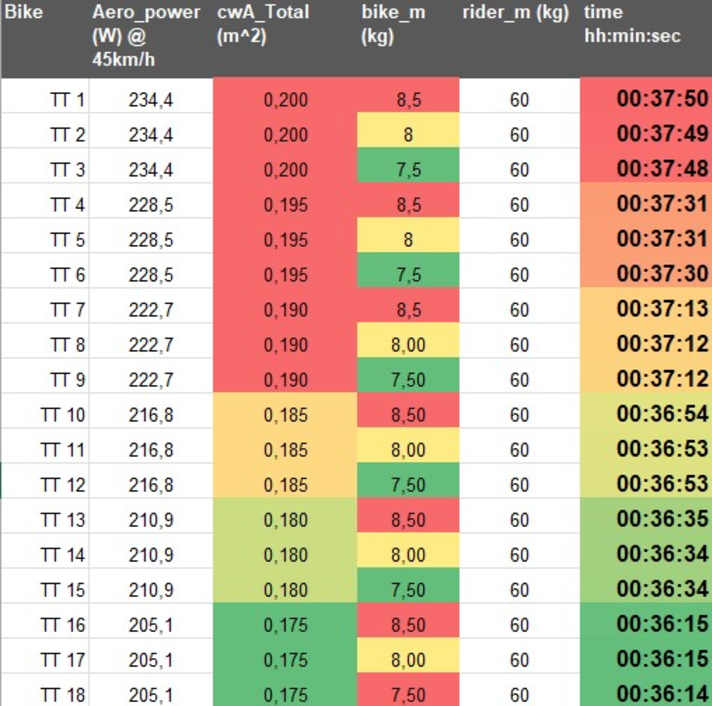
The table shows the travel times for different configurations, with variations in weight and aero performance. As you can easily see, the weight is largely irrelevant. It's all about aerodynamics.
For Jonas Vingegaard, we expect cwA values at the lower end of the table. The fastest riding time in the table corresponds to an average of 54.6 km/h!
For comparison: the Tour de France Road book calculates a riding time of 37 minutes.
Our expert
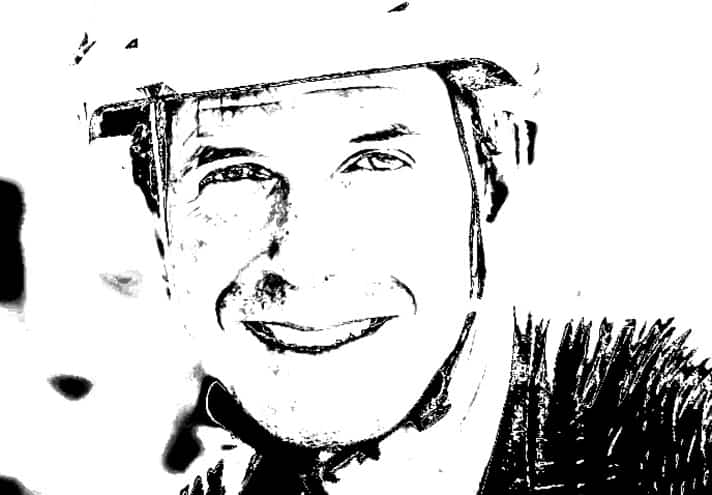
Robert Kühnen studied mechanical engineering, writes for TOUR about technology and training topics and develops testing methods. Robert has been refining the simulation calculations for years, they are also used by professional teams.
